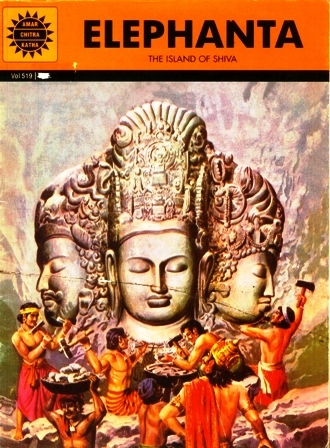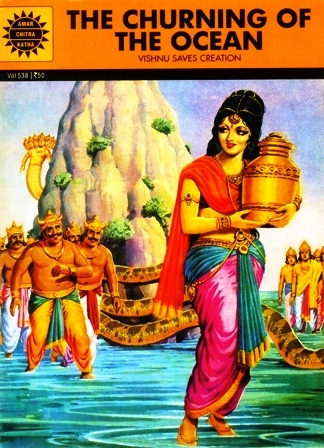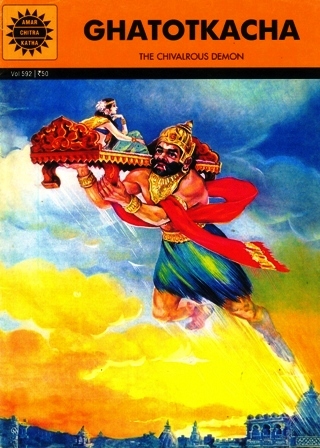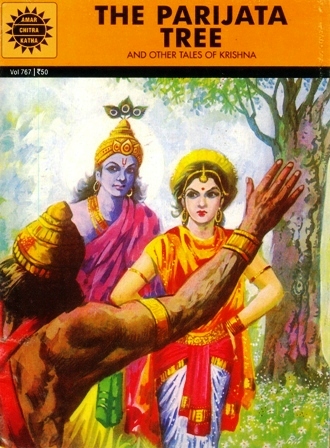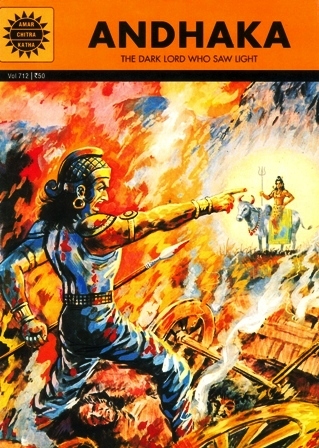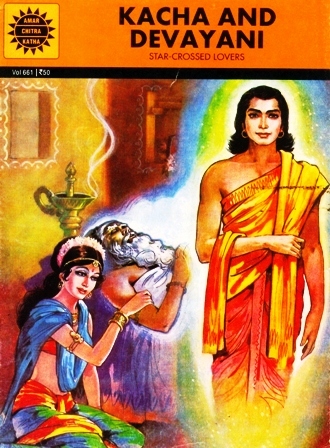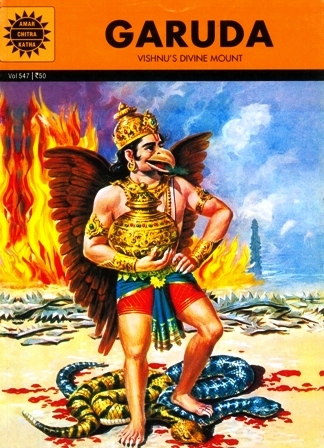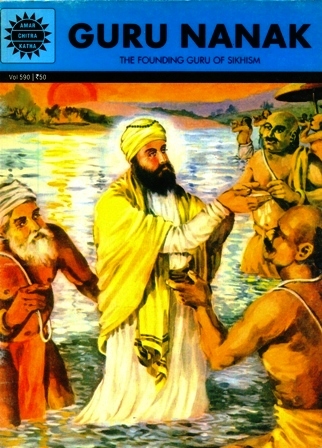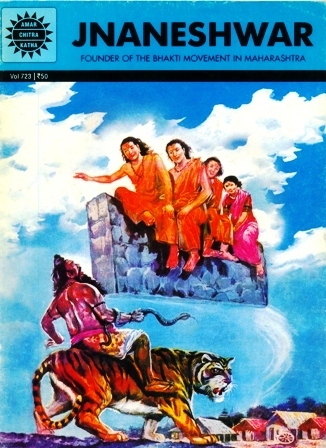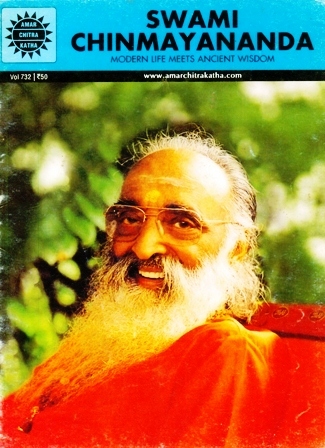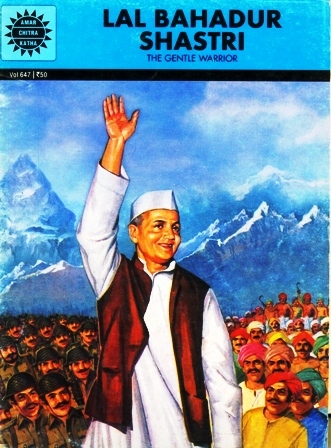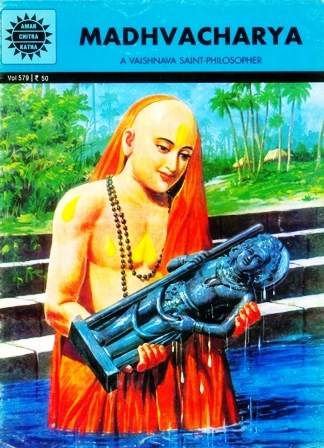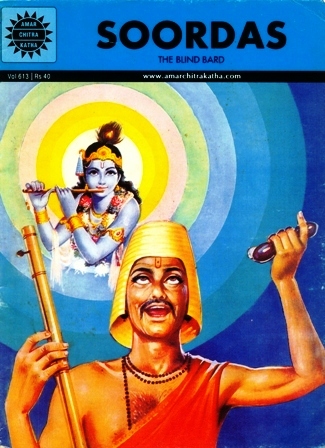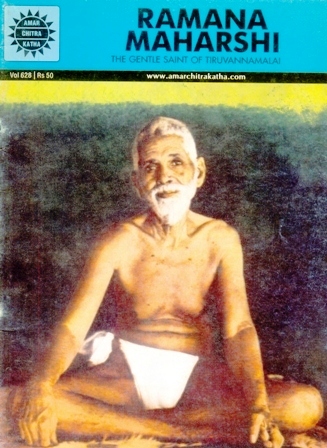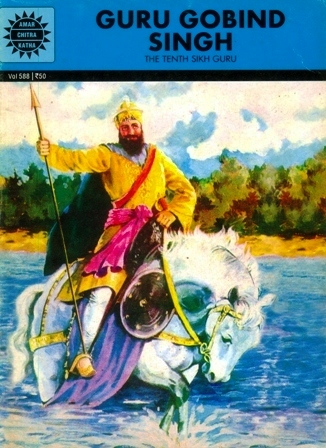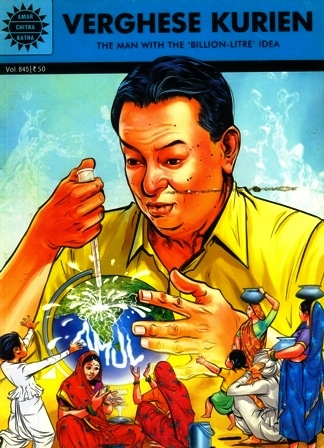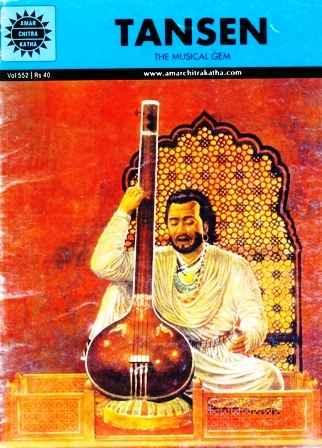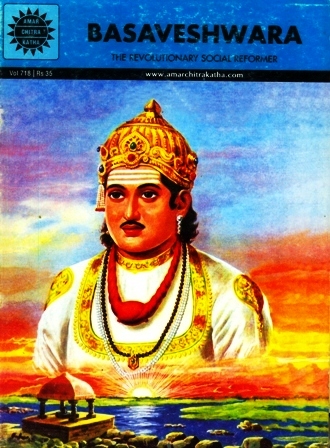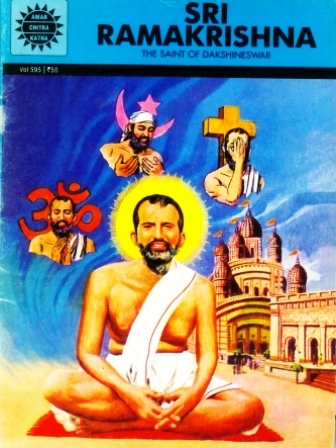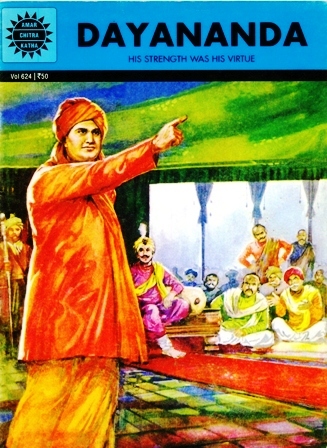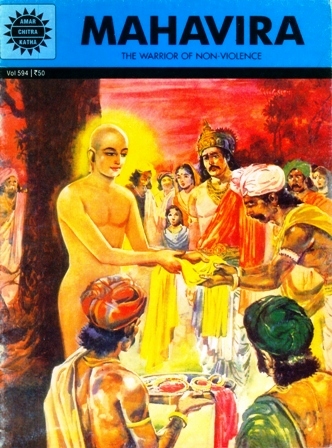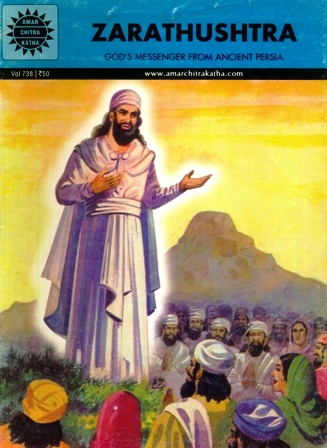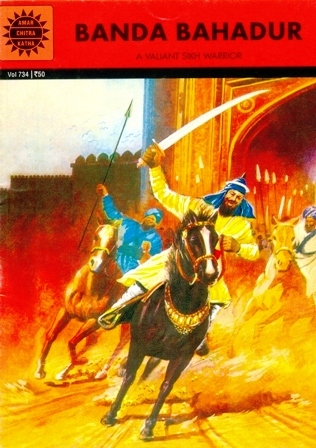-
Elephanta
Lord Shiva, it is believed, has many faces and multiple forms and each tells a tale. Visitors to an emerald-green island off the coast of Mumbai are reminded of these dramatic episodes by the work of skilful, dedicated sculptors, who lived more than 1,300 years ago! Their carvings have survived in the caves of Elephanta, despite the ravages of time and vandals and destroying armies.
-
The Churning Of The Ocean
The three worlds of the universe were reeling from shock: the asuras had taken control! Even the plants were withering away. Only the great Lord Vishnu could make things right again. He got both devas and asuras to churn up life-giving nectar from the ocean of milk and then ensured that the asuras were kept away from this gift of immortality.
-
Ghatotkacha
He may have looked like a demon, but Ghatotkacha was a guardian angel - always ready to help, always cheerful. The Pandava brother, Bheema, was lucky to have him as a son, for he saved his life more than once. And if it were not for this brave young rakshasa, the Kauravas may well have been the victors of the famous battle of Mahabharata.
-
The Parijata Tree
When Satyabhama, Krishna's fiery wife, gets offended by the behaviour of Indra's wife Sachi, the two gods come to war over the lovely Parijata tree. The princess Lakshmana is determined to marry Krishna. Her father must ensure that during the swayamwara only Krishna will win his daughter. Sage Narada provokes Satyabhama into agreeing to give him Krishna, unless she can find something heavier than him. But all her possessions together prove to be lighter than Krishna.
-
Kacha And Devayani
While the war was raging between the devas and asuras, the devas sent Kacha to the preceptor of the asuras. Kacha approached the asura guru as a student. It was in this background of hate, war and rivalry that the beautiful Devayani, the proud daughter, of the asura guru, fell in love with Kacha, the man who was being watched by the asuras with increasing suspicion - they knew Kacha was seeking the key to immortality from their guru. Then a twist in the tale throws the dreams of the young couple into dissarray.
-
Jnaneshwar
t was predicted by a sage that the children of Vithal and Rukmini would be great spiritual leaders. But of their four children it was little Jnanadev who seemed to have a special inclination for the scriptures. In his brief life as a preacher Jnaneshwar, as he was called later, spread the message of Bhagwat Dharma or love of God and brotherhood of man. He was the founder of the Bhakti movement in Maharashtra. Jnaneshwar renounced the world at the age of twenty-one.
-
Swami Chinmayananda
Nurtured on modern learning and ancient wisdom as a child, he taught himself to meditate even as he dreamed of dinner, skipped out of family visits to the temple but spent hours in solitary prayer and campaigned for indias freedom while aiming for a masters degree in english literature chinmaya means true knowledge and it is what swami chinmayananda taught the world.
-
Lal Bahadur Shastri
Lal Bahadur Shastri may have been small in size but he had an immense vision. Determined to build a new India, he took on every challenge with a cheerful smile and a humble heart. Years of hard work took their toll, however. In her moment of triumph, the country was suddenly left grieving for a wise, honest and courageous prime minister.
-
Soordas
Just because the boy was blind, he became the butt of every unkind prank. Little did his family realize that Soordas could often see more than anyone else. He could direct a shepherd to his lost goat and a father to his missing son. He could describe exactly how the idol of his beloved Lord Krishna was dressed in the temple each day. The Mughal emperor Akbar personally came to invite him to his court. The poet Tulsidas visited him. The powerful, the wise and the ordinary flocked to him for his all-seeing wisdom and his soul-stirring songs of devotion.
-
Verghese Kurien
When Verghese Kurien stepped down from the train and on to the dusty platform in Anand, Gujarat, on 13 May, 1949, little did he know that his life was going to change unimaginably. Waiting for him was not just his own destiny but that of thousands of small, marginalised farmers who, until then, had only known exploitation and deprivation. The story of Dr. Kurien is the story of Amul. It is the story of Operation Flood, the 'billion-liter idea' that set India on the top of the world map for milk production. A die-hard patriot, Kurien was committed to the co-operative cause. He put the milk industry in the hands of the farmers, believing firmly that with ownership would come responsibility and great success. And he was right. Amar Chitra Katha traces the story of the man who is known as the 'Father of the White Revolution'
-
Tansen
From imitating animal sounds to igniting a fire with his song, Tansen's genius was unmatched. His voice was so much in demand that wily patrons used it to gain political advantage. Such a talent could win loyal friends and a beautiful wife, but it could also make others viciously jealous. In Emperor Akbar's court, he was a jewel more precious than the diamonds and pearls that were showered on him and he remains to this day a shining symbol of classical Indian music.
-
Shankar Dev
Shankaravara could run faster than all his friends and swim across the brahmaputra when it was in spate but when his grandmother scolded him for not paying attention to his books, he took her words seriously named shankar dev by his guru, the young man fulfilled all his duties as a student and a householder before embarking on a voyage of self-discovery a voyage which led to his starting the vaishnava movement in assam.
-
Basaveshwara
When the child Basava was born he did not cry or open his eyes for days. According to Sage Jataveda, who later became his guru, Basava had been in a yogic trance. Basaveshvara was a unique human being, a reformer way ahead of his times. Eight hundred years ago, at a time when society was ridden with the evils of a rigid caste system, he spoke of equality and believed in the emancipation of women.
-
Dayananda
His grip could halt two galloping horses but it was his intellectual strength that instilled pride in the people of his country. Their old customs were often foolish and unjust, and it took Dayananda’s courage and wisdom to fight for reform. By establishing a string of Arya Samaj centres, he helped in uniting different classes of people who could, eventually, fight together for the freedom of their country.
-
Zarathushtra
Good thoughts, good words and good deeds' was the simple message delivered by Zarathushtra, the prophet of ancient Persia. Strangely, no cry came from him when he was born over 8,000 years ago. Instead, the baby Zarathushtra smiled, and it was predicted - correctly - that he would preach love and justice to the world, but would have a hard time convincing vengeful rivals. Strong in their faith, his followers are known today as Zoroastrians; also known as Paris in India.
-
Banda Bahadur
Inspired by Guru Gobind Singh, Banda Bahadur led the Sikh rebellion against the Mughal Empire. For eight years, he ravaged the whole of North India. The havoc he created in the Indo-Gangetic plain was of such magnitude that the Mughals could never restore their administration. Invasions by the Persian tyrant, Nadir Shah and the Afghan, Ahmed Shah Abdali hastened the decline of the once mighty empire. This helped the Sikhs to emerge as the rulers of Punjab. Banda Bahadur thus paved the way for the foundation of the Sikh Kingdom.

